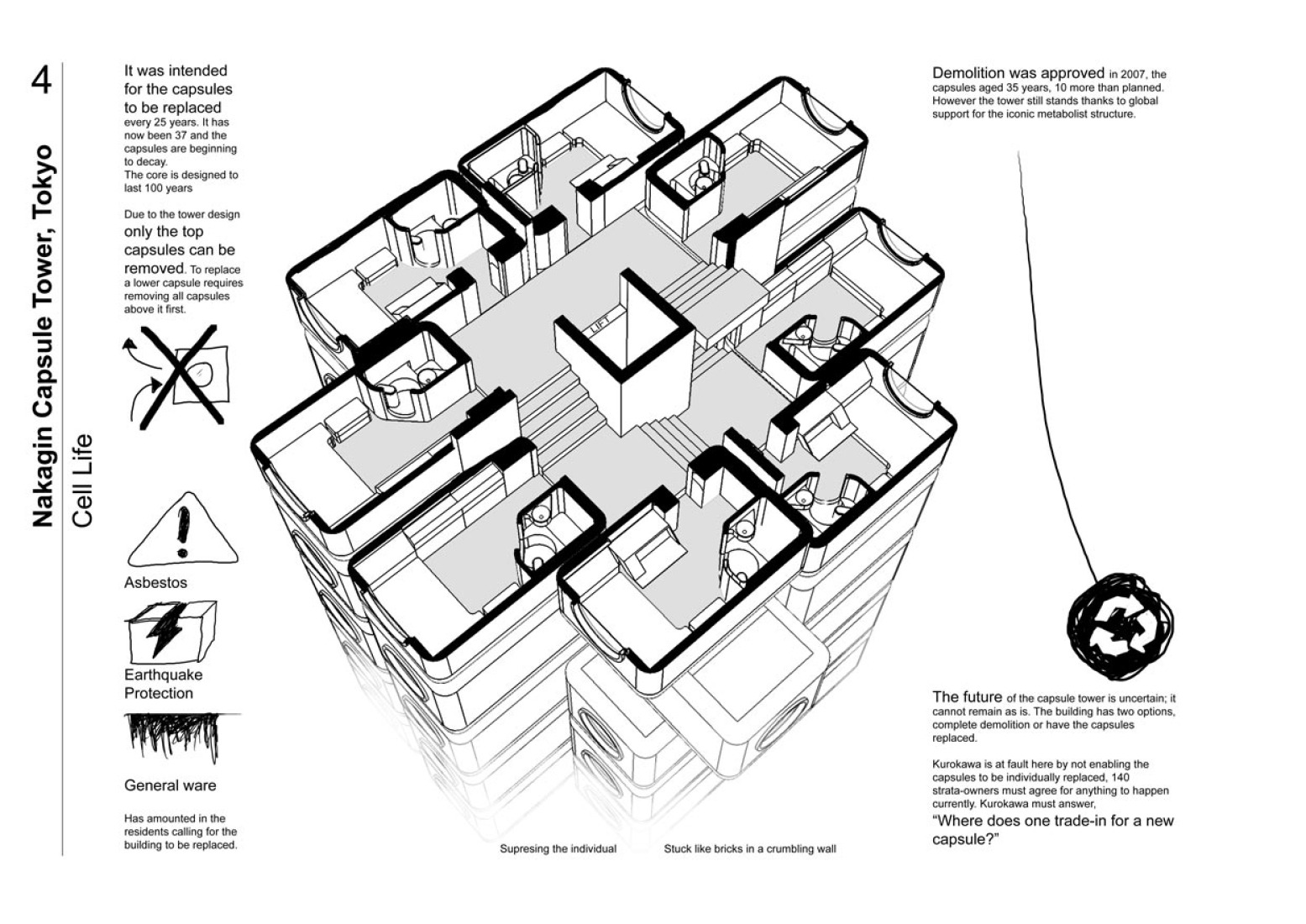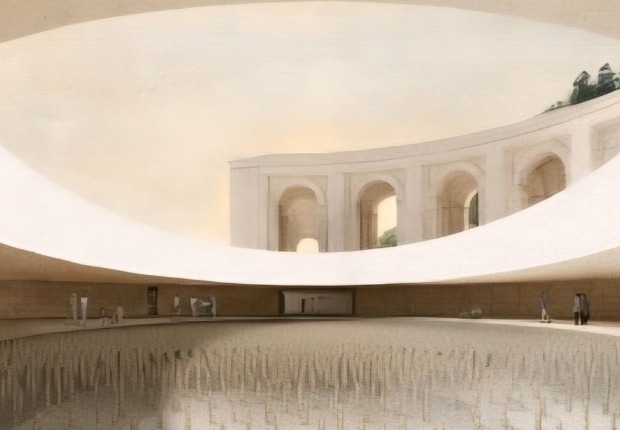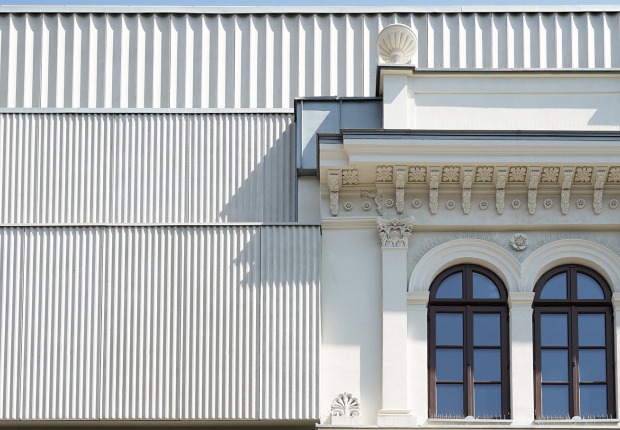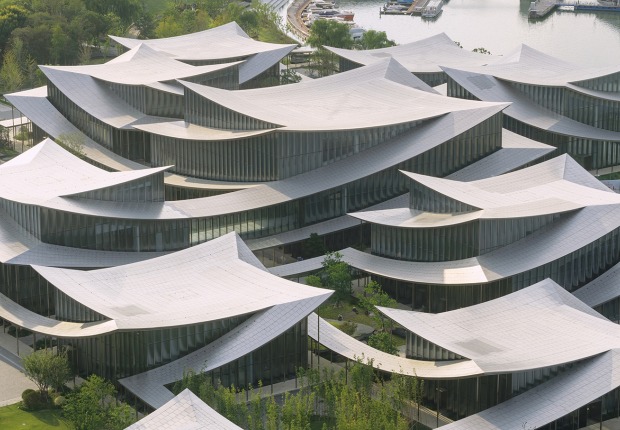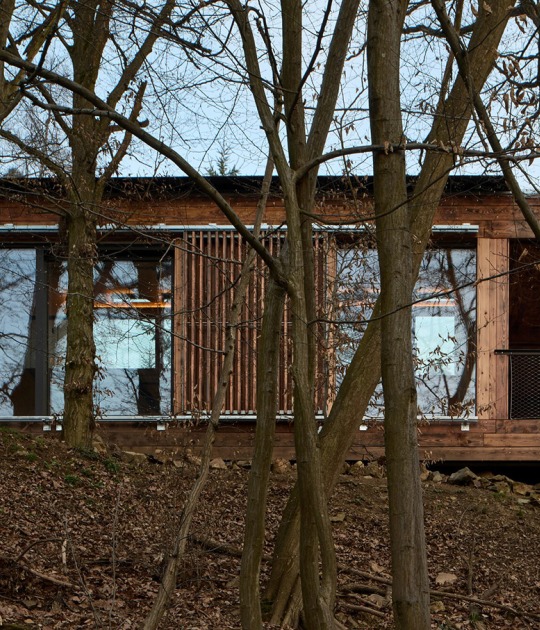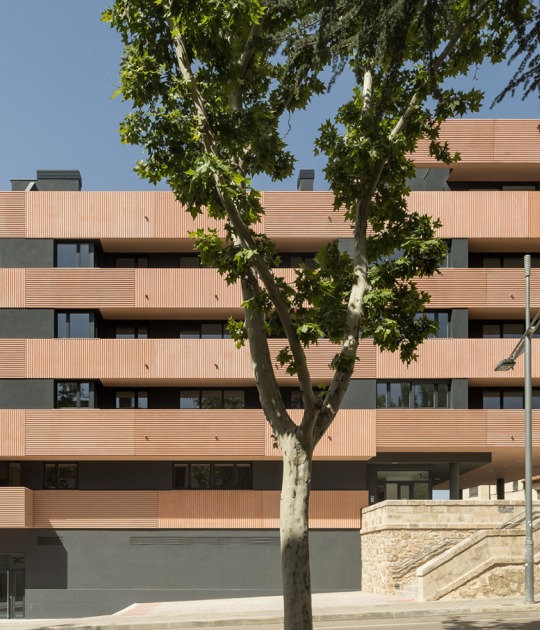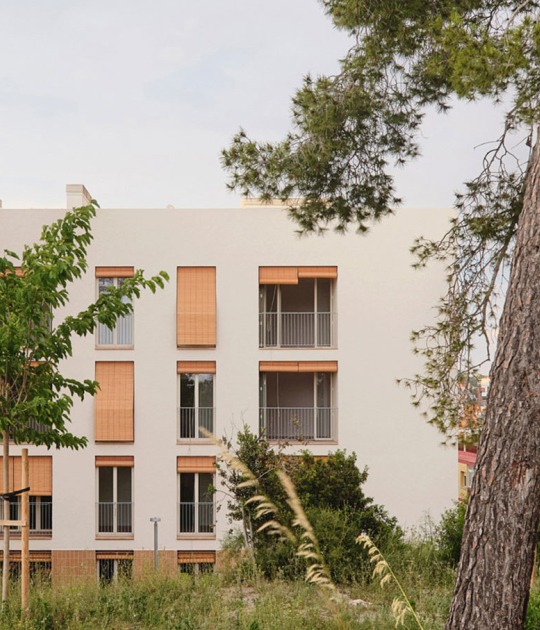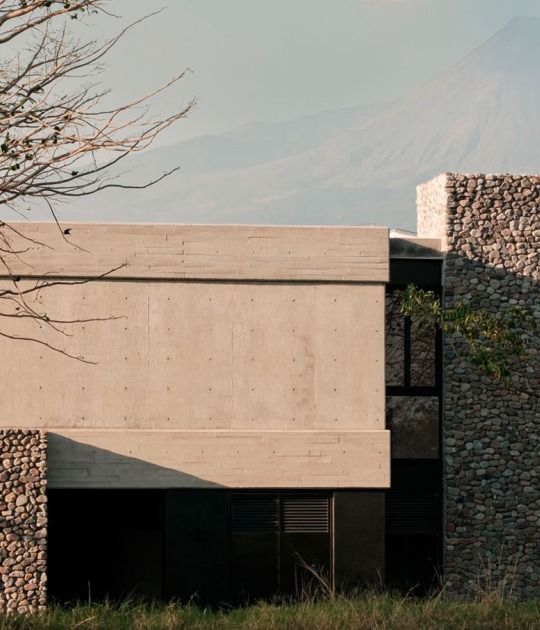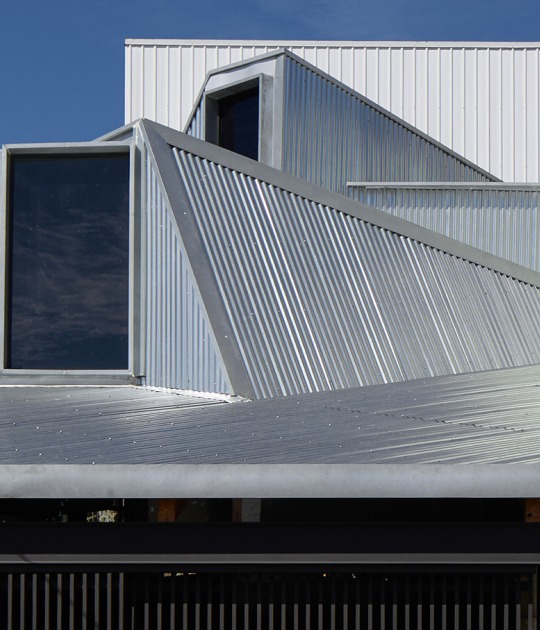Kisho Kurokawa (b. April 8, 1934, Kanie, Aichi, Japan - d. October 12, 2007, Kawadacho, Tokyo, Japan). Academician, Japan Art Academy (Japan) President, The Japan Society of Landscape Design, Life Fellow, Architectural Institute of Japan, Life Fellow, Royal Society of Arts (U.K.) Honorary Fellow, American Institute of Architects (U.S.A.) Honorary Member, Union of Architects (Bulgaria) Honorary Fellow, Royal Institute of British Architects (U.K., 1986-) International Fellow, Royal Institute of British Architects(U.K., 2006-) Member, Ordre des Architects (France) Honorary Member, Bund Deutscher Architekten (Germany) Honorary Member, Union of Architects of the Republic of Kazakhstan (Kazakhstan) Advisor, Prime Minister of the Republic of Kazakhstan (2000-2004) Advisor, People’s Government of Guangzhou, China (2000-2002) Advisor, People's Government of Shenzhen, China(1999-2002) Advisor, People’s Government of Jiaozuo, China Senior Advisor, Henan Provincial People’s, China
Born in Nagoya in 1934. Graduated Kyoto University, B. / Arch. Course, Department of Architecture (1957), Tokyo University, M. / Arch. Course, Graduate School of Architecture (1959) Tokyo University, Dr. / Arch. Course, Graduate School of Architecture (1964).
In 1960, at the age of 26, he made his debut in the world as one of the founders of the Metabolism Movement. Since then, he has been advocating the paradigm shift from the Age of Machine Principle to the Age of Life Principle. Concepts he advocated such as "Symbiosis", "Metabolism", "Information", "Recycle", "Ecology", "Intermediate Space", "Fractal" etc. are all important concepts based on the "Life Principle".
His publication includes "Urban Design", "Homo Movens", "Thesis on Architecture I and II", "The Era of Nomad", "Philosophy of Symbiosis", "Hanasuki", "Poems of Architecture", "Kisho Kurokawa Note", and "Revolution of City". "Philosophy of Symbiosis", which was awarded the Japan Grand Prix of Literature, was first published in 1987 and was revised in 1991. The book "Philosophy of Symbiosis" was translated into English and was cited Excellence from the AIA in 1992.
His major works in Japan are from the National Ethnological Museum, the National Bunraku Theater, Nagoya City Art Museum, the Hiroshima City Museum of Contemporary Art, the Museum of Modern Art, Wakayama,1994 Ehime Prefectural Museum of General Science, Osaka International Convention Center (Grand Cube Osaka), Oita Stadium, Toyota Stadium; his major works abroad are the Japanese-German Centre of Berlin in Germany, the Chinese-Japanese Youth Center in Beijing, China, Melbourne Central in Australia, and Pacific Tower in Paris, France, Republic Plaza, Singapore, the Kuala Lumpur International Airport, Malaysia, and 1999 New Wing of the Van Gogh Museum, Amsterdam. His recent works include; The Japanese Nursing Association Building, The National Art Center, Tokyo, which will open in 2006, the Zhengdong New City 1.5million for Zhengzhou City, China, New Kunming Aiport City, China, International Financial Center, Chunking, China, Maggie’s Centre, England and Tea house and Japanese Garden of Frank Lloyd Wright Foundation, U.S.A.
In 1982, the travelling exhibition "Kisho Kurokawa " started at the French Institute of Architecture, and then moved to Florence, Rome, Warsaw, Helsinki, and Moscow, to finally become a permanent collection of the Architectural Museum in Wroclaw, Poland in 1986. The "Kisho Kurokawa Metabolism 1960-1975" exhibition was held at the Centre Georges Pompidou in Paris, France, from June 17 to September 29, 1997. The "Kisho Kurokawa Retrospective" started on January 20, 1998, at Maison de la Culture du Japon a Paris, France. Then it was held at the Royal Institute of British Architecture (U.K.), the Art Institute of Chicago (U.S.A.), the House of the Culture of the World, Berlin (Germany), and the New Wing of the Van Gogh Museum (Amsterdam). It was also travelled to several cities in Japan from 2000 to 2001 and was visited by 800,000 people.
He received the Gold Medal from the Academy of Architecture, France (1986), the Richard Neutra Award from California State Polytechnic University (1988), The 48th Japan Art Academy Award (the highest award for artists and architects in Japan, 1992), and AIA Los Angeles Pacific Rim Award (first awarded, 1997). He was the first Japanese architect to become an Honorary Fellow of the Royal Institute of British Architects and the Union of Architects in Bulgaria. Kurokawa was awarded the Walpole Medal of Excellence (UK) and Shungdu Friendship Award (China) in 2005 and The Chicago Athenaeum Museum International Architecture Award in 2006 (U.S.A).
In 1994, The Art Institute of Chicago named its architecture gallery the "Kisho Kurokawa Gallery of Architecture".
Kurokawa was awarded the Dedalo-Minosse International Prize (Grand Prix) 2003/2004 (Italy) for Kuala Lumpur International Airport in Malaysia, which is also certified as a sustainable airport by Green Globe 21, UN in 2003.
In 1997, DOCOMOMO International (Documentation and Conservation of Modern Architectural Movement) selected Kurokawa's Nakagin Capsule Tower, Tokyo (1970) to be included in their shortlist for World Heritage of Modern Buildings and Sites. In 2003, DOCOMOMO Japan selected Sagae City Hall (Yamagata, 1997) as one of 100 distinctive modern architectures in Japan. In 2006, the Nakagin Capsule Tower was included in the 125 distinctive modern architectures in Japan.
Kurokawa passed away in 2007 at the age of 73.




